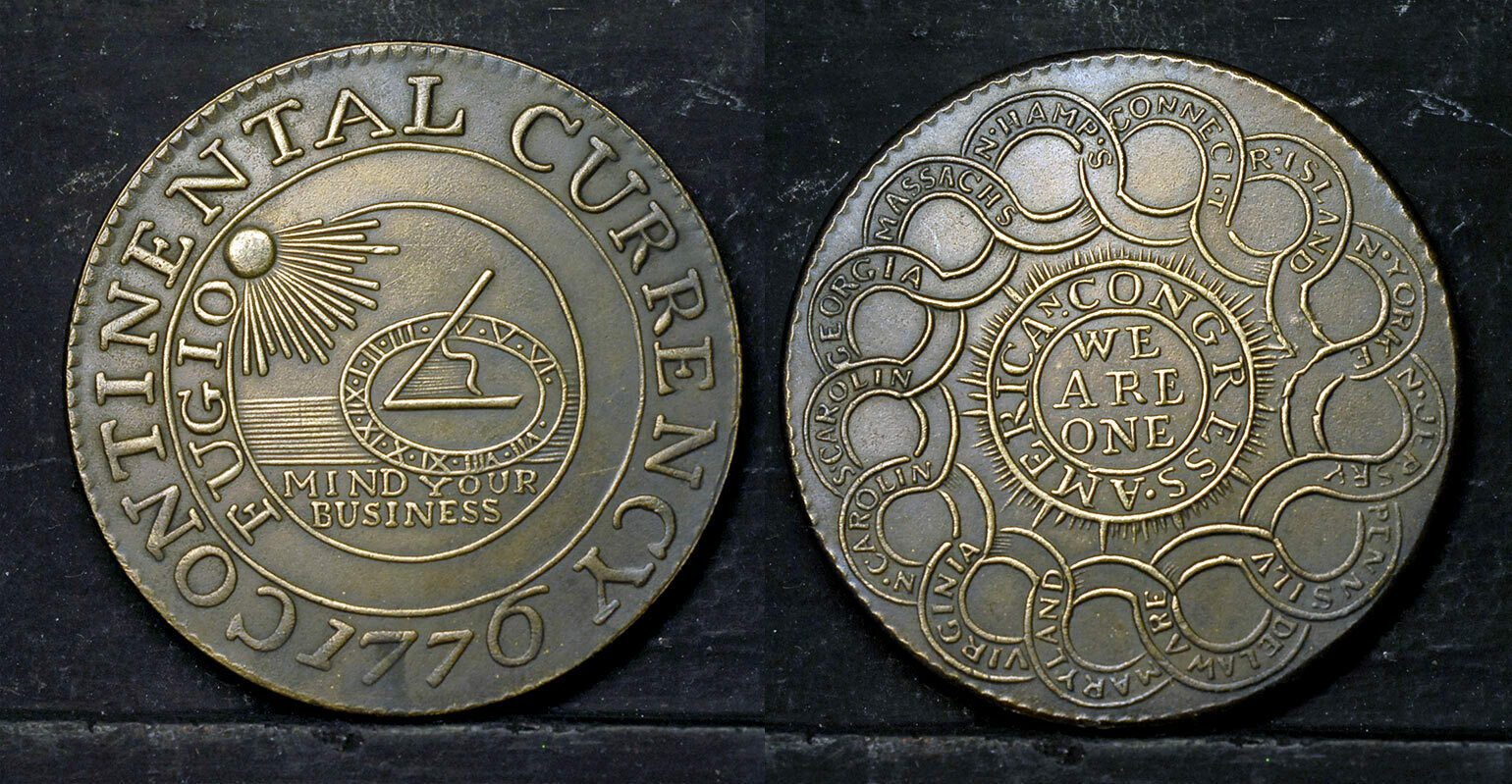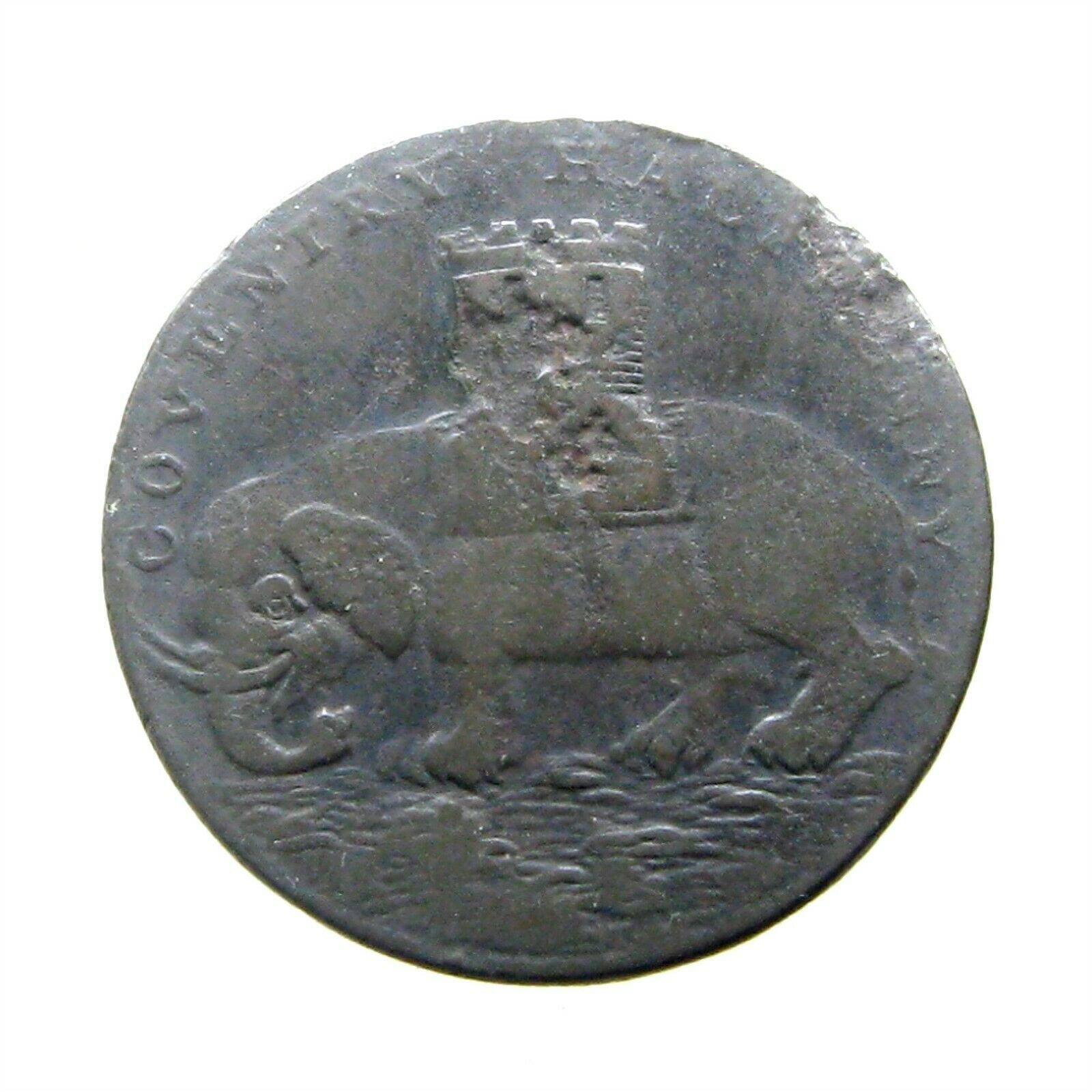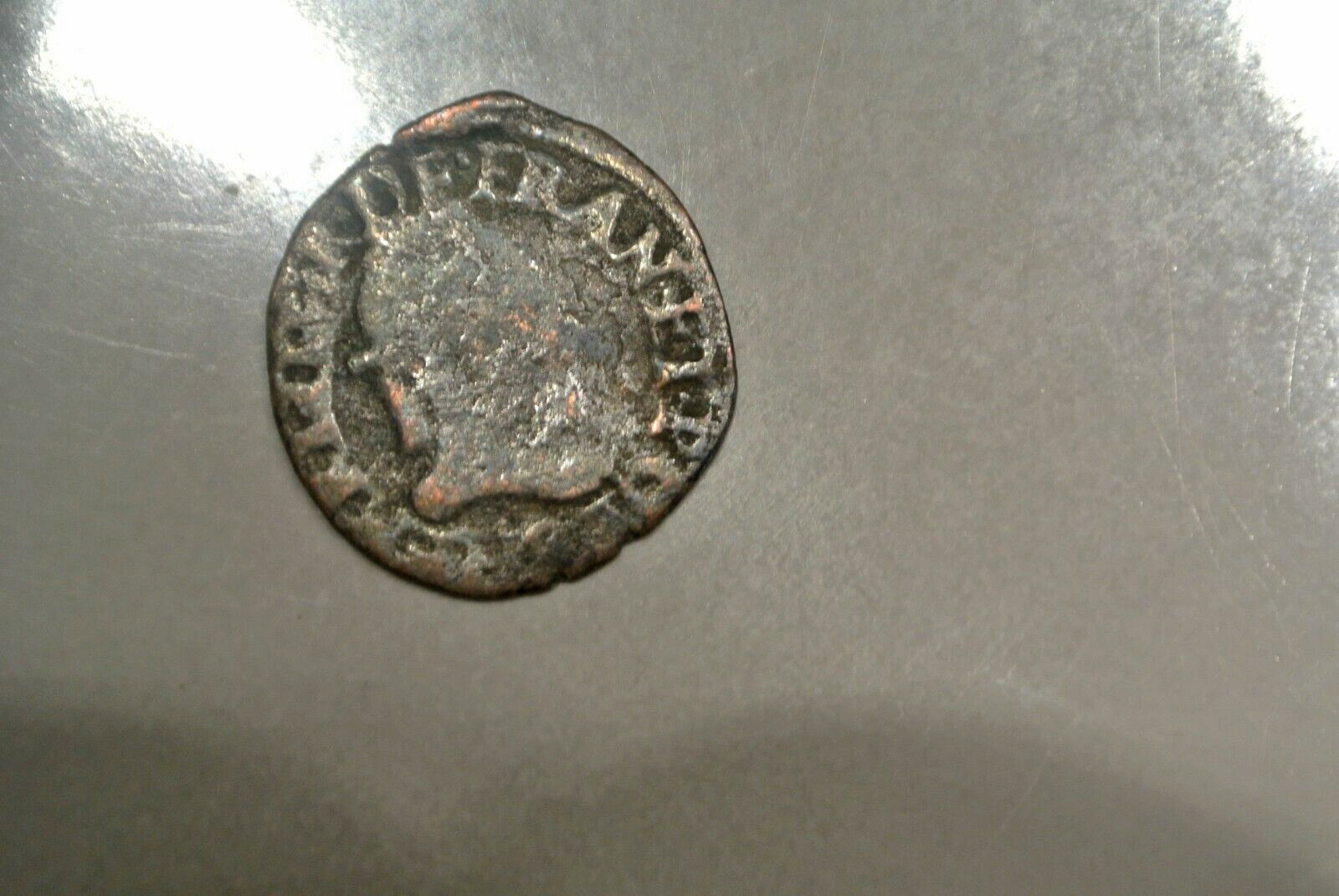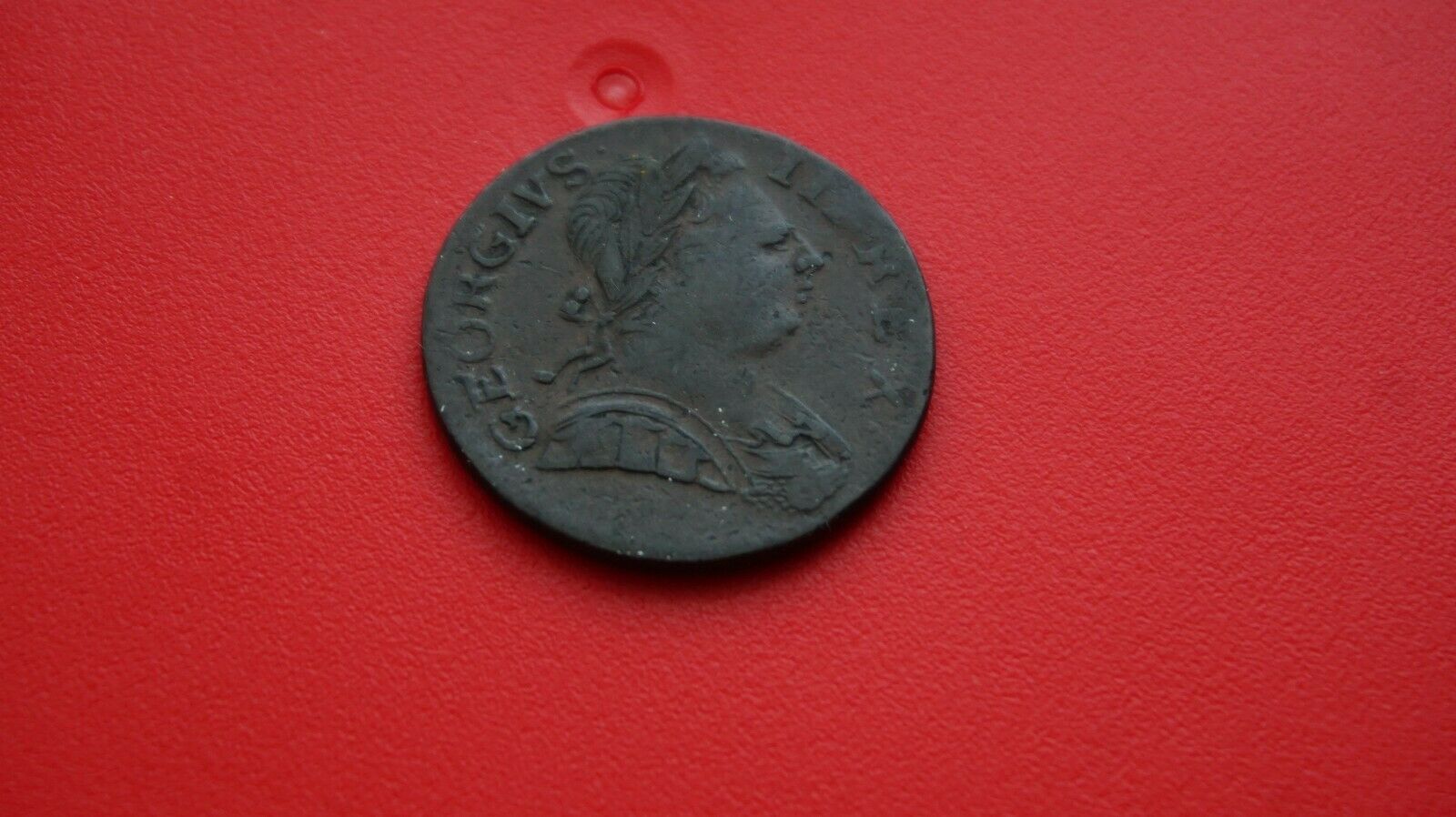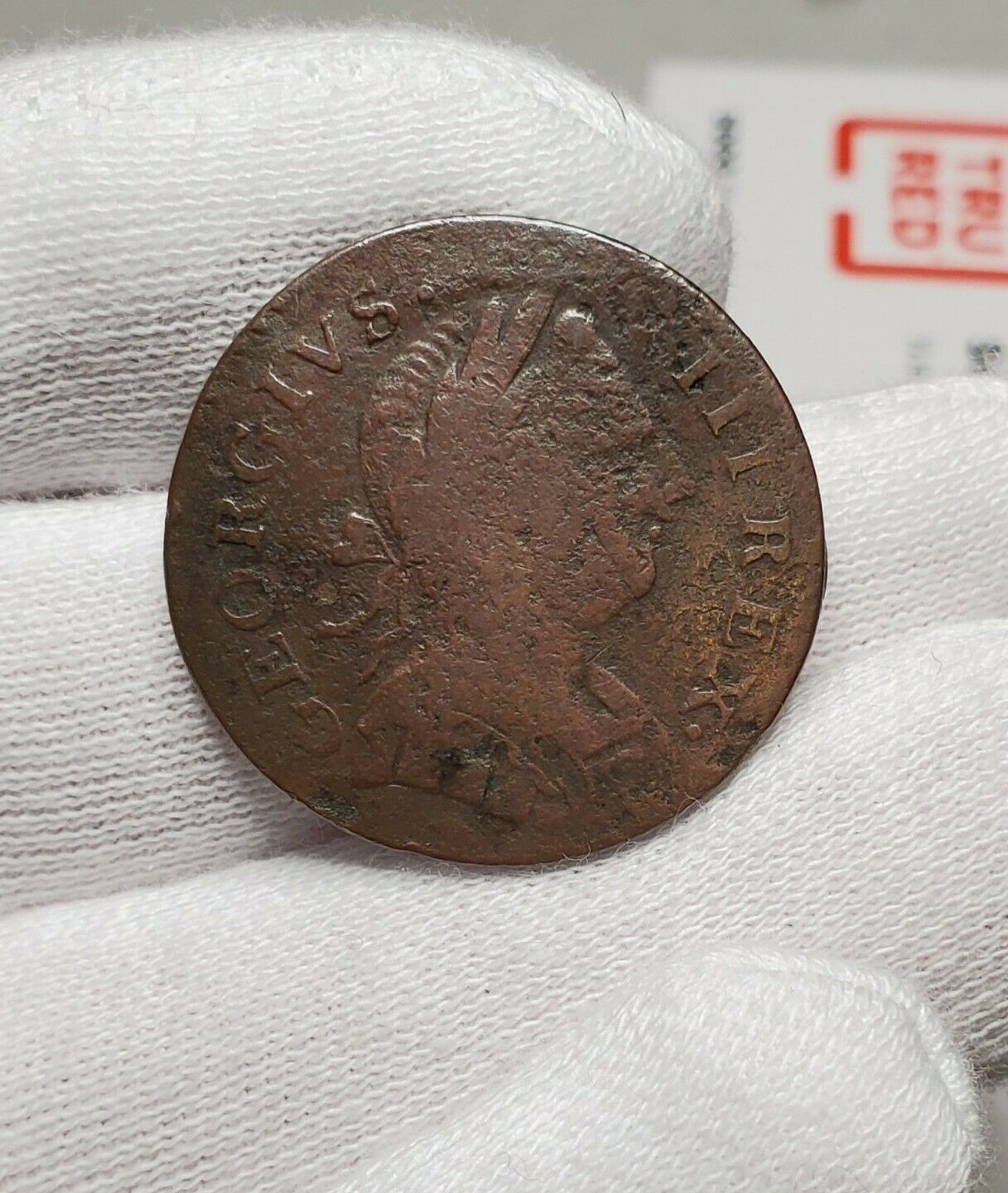-40%
1776 Continental Dollar - 1776 Continental , American history
$ 16.36
- Description
- Size Guide
Description
1776 Continental Dollar CurrencyThe Continental Dollar, dated 1776, was the first dollar-sized coin made in the United States. It was struck in brass, silver, and pewter. There were three varieties made. The first, in pewter, has CURRENCY spelled with two R as in the present piece. The second, in brass, silver, and
pewter
has CURENCY spelled with one R. It is very rare in brass and silver. The third variety has two R in CURRENCY but adds EG Fecit within the ring of the obverse. It is known in silver and very rare, unique in brass, and available in pewter. Researchers believe that the design of the Continental Dollar was suggested by Benjamin Franklin. The reverse, showing linked rings, was a plea for unity. Thirteen linked double rings encircle the reverse and show the names of the colonies. A larger double ring is in the center of the reverse. It is inscribed AMERICAN CONGRESS in the outer ring and WE ARE ONE in the inner circle. The obverse shows a sundial motif. The word FUGIO is Latin for - I flee... The placement of this word beside the sundial means -"Time flies", so take care of your business. The patterns were probably struck for members of Congress who had to approve legislation enabling the coinage. The EG of the third type was Elisha Gallaudet, a New York engraver. He probably struck the coins in a private mint in Freehold, New Jersey. Earlier issues of paper Continental Currency were suspended because Congress intended to replace them with this new coin. The Continental Dollar was based on the Spanish-American piece of eight. However, because of a shortage of silver, the pattern coin was never put into production. By the time enabling legislation passed, the value of the currency had begun to drop. It made little sense to tie a bullion coin to a depreciating currency and so the dollar production never took place.
